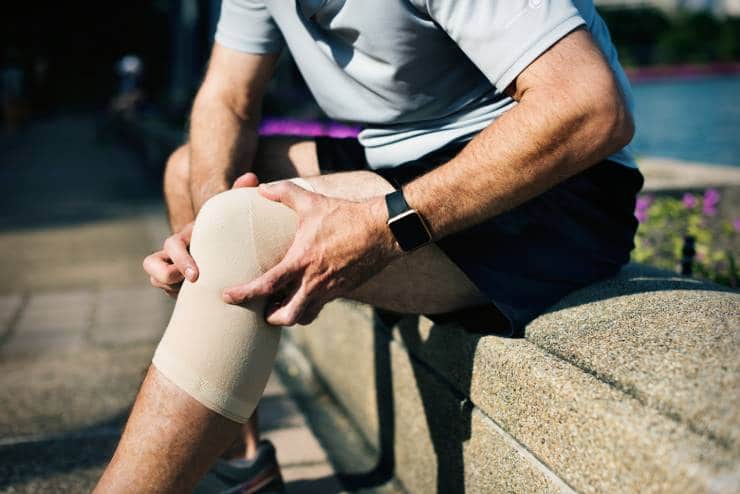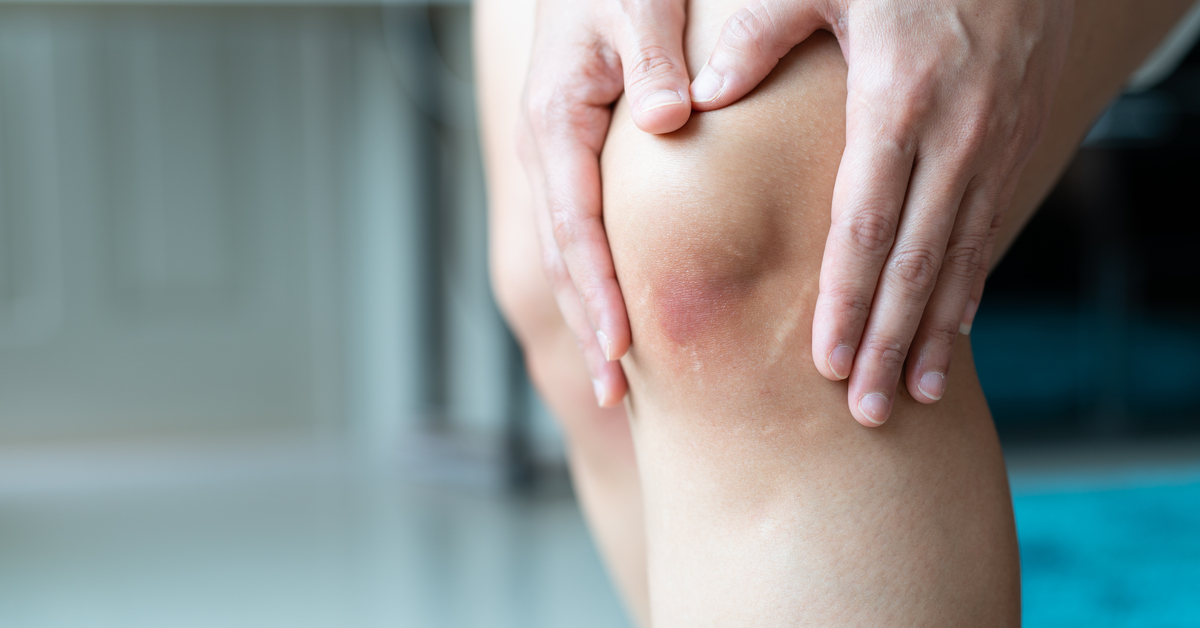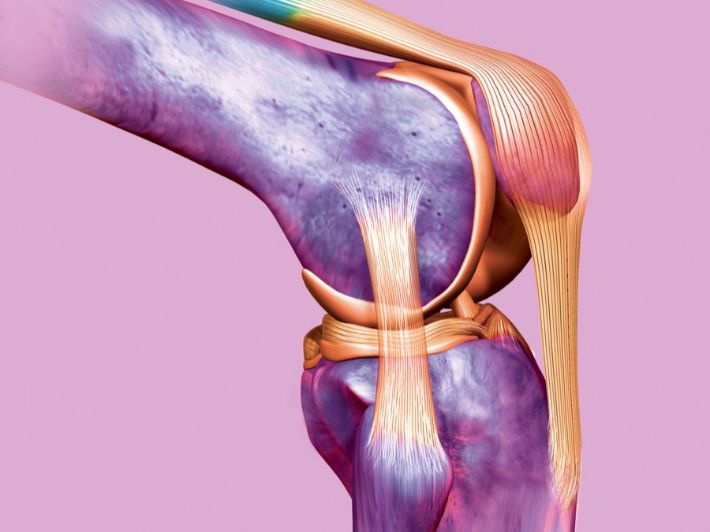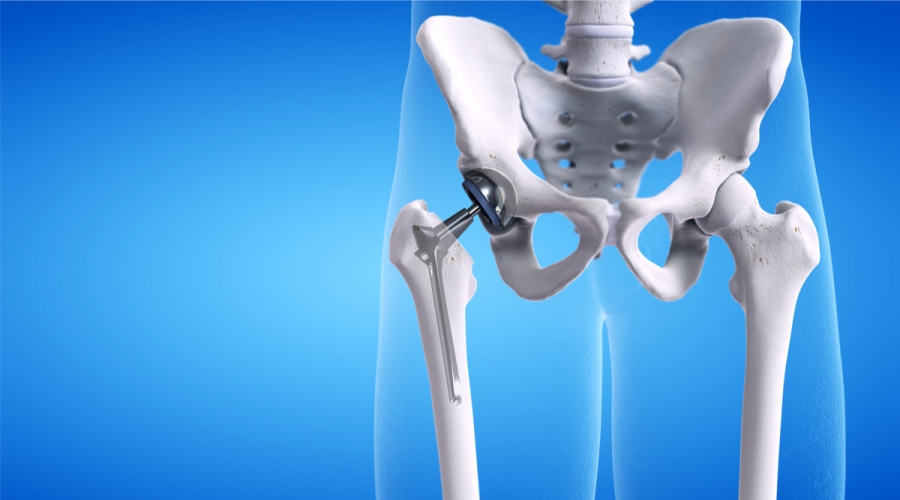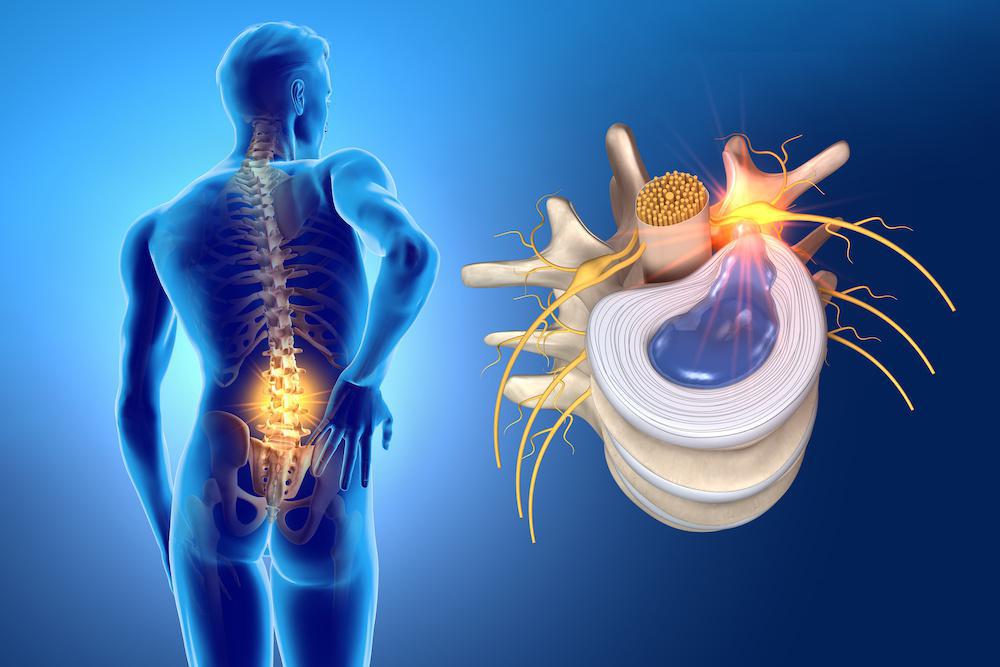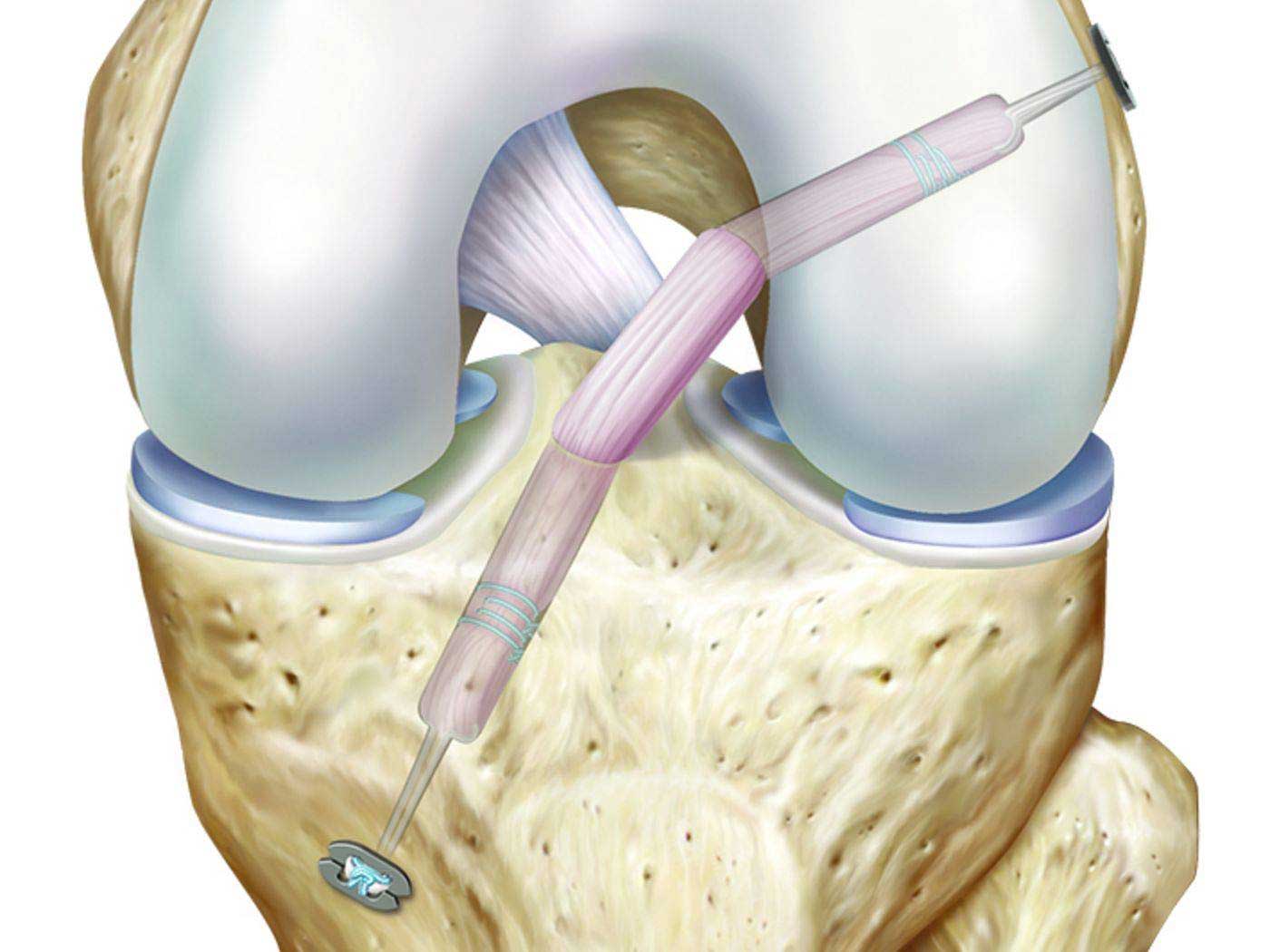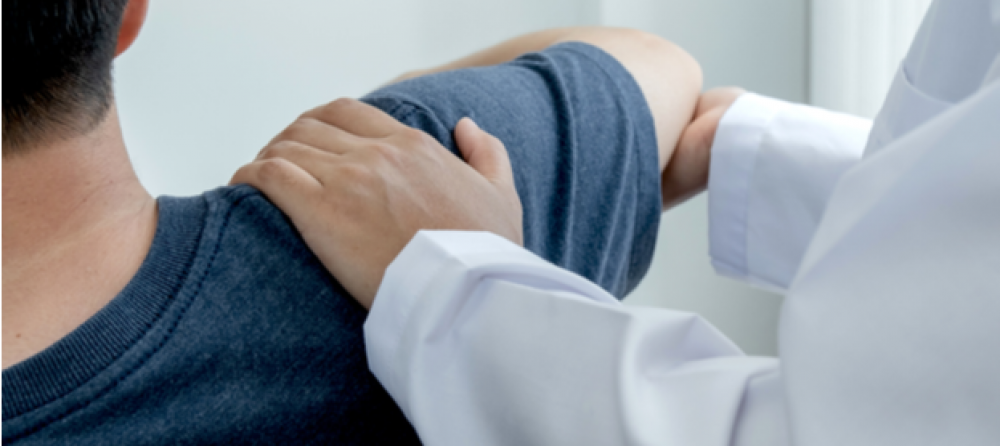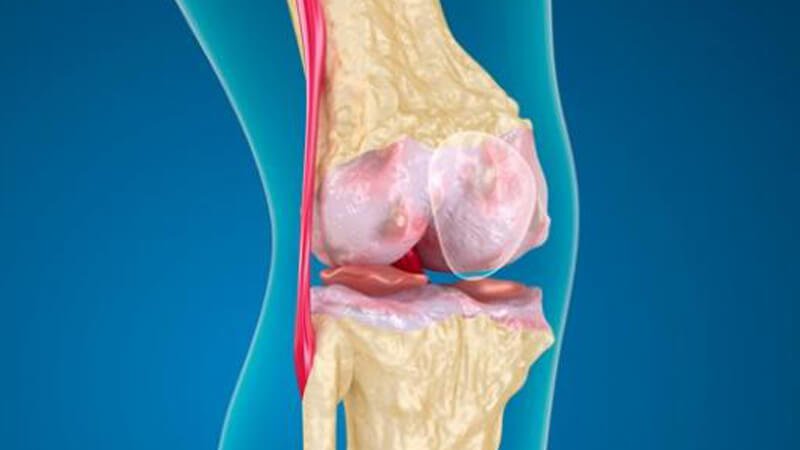What is claw foot?
Clawfoot is a bone deformity that affects newborns greatly as a result of some genetic factors. In the following article, we will learn about very important explanations regarding this topic, so let us read the following.
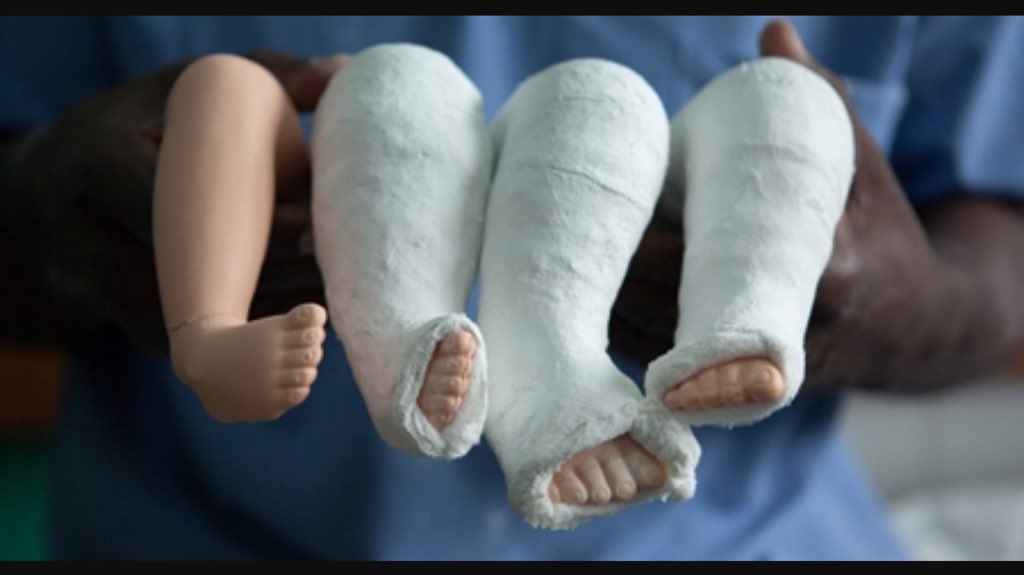
What is claw foot?
Clawfoot that affects children is a result of the asymmetry of the muscles that are present in the foot, as some of the internal muscles are very weak and contraction occurs, and if the appropriate treatment is not taken immediately, there are many serious complications that may affect individuals, such as:
- Walking is only on part of the heel and the tips of the toes and not on the entire foot as a result of the arch in the foot being higher than normal.
- Deformities in the bones of the foot.
- Difficulty walking and not being able to wear shoes.
- Suffering from a curvature of the leg.
- Feeling pain in the knee, pelvic joint, and spine in old age.
Causes of claw foot
There are many causes that may lead to claw foot, and they must be well identified in order to start receiving treatment early to prevent any serious complications, such as:
- Suffering from a congenital defect as a result of a genetic defect that is inherited from one individual to another.
- The fetus takes an incorrect position in the mother’s womb, which causes a twisting of the foot.
- Excess pressure of the uterine muscles on the fetus increases the chance of clawing the foot.
- A shortening of the length of the flexor tendons or the length of the extensor tendons, and causes the foot to curve downward and inward.
Is claw foot hereditary?
The genetic factor may have a major role in the infection of claw foot so that it is transmitted to the child as a result of the injury of one of his family members, and this matter can be discovered immediately after the birth of the child and a defect in growth is noticed, and this may also be the result of suffering from an acute deficiency in vitamin D and calcium and lack of access On the important nutrients appropriately, but if the reasons are other than the genetic factor, then this begins to appear on the child since the completion of two or three years.
Adult claw foot
When an adult is infected with claw foot, it is necessary for them to undergo a good diagnosis of the condition in order to know the extent of the development of the situation and how to treat and deal with it well. The diagnosis is made by following the following steps:
- Obtain a detailed history of the patient’s condition.
- Carrying out a detailed clinical examination in which the disease is easily diagnosed by comparing the affected foot with a healthy one.
- Examination by doing x-rays.
Among the symptoms that appear on individuals when they have clawed feet:
- The foot is twisted inward and turned downward and is very similar to a golf club.
- In the event that the injury is only in one of the feet, it is noted that the injured person is smaller and has greater hardness.
- The height of the arch of the foot off the ground.


